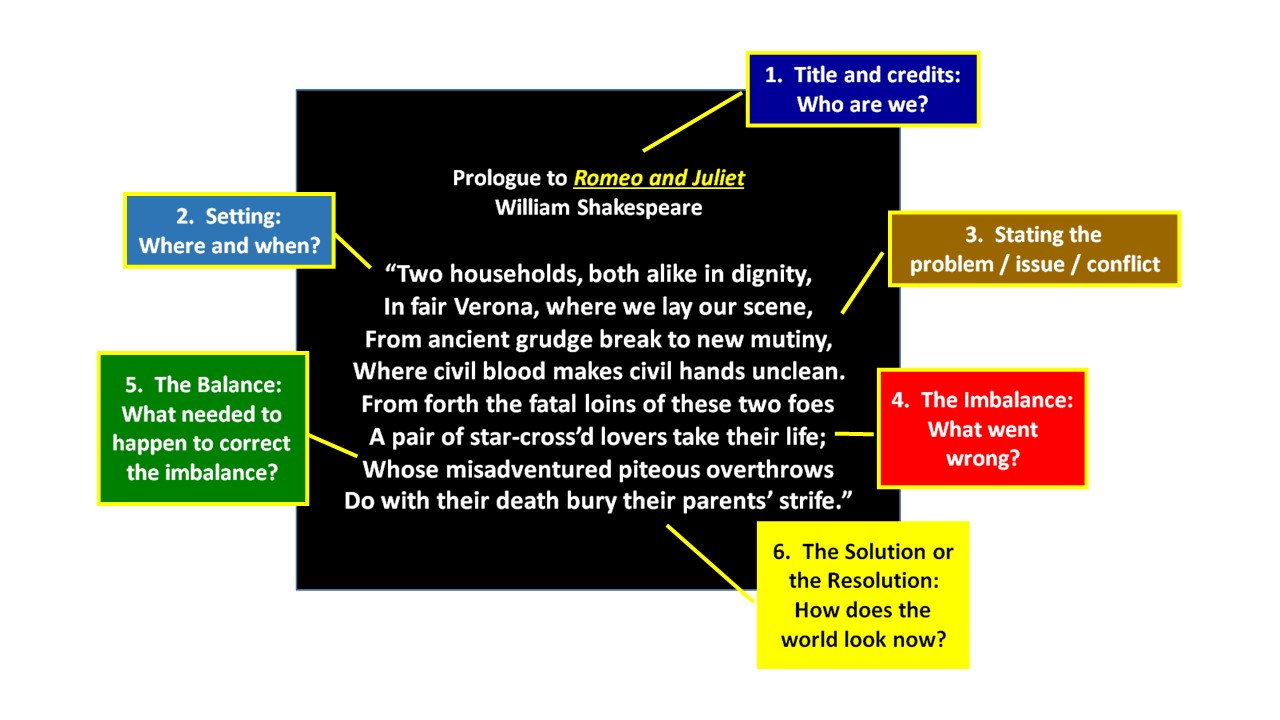The story-telling template is actually older than Shakespeare, timeless in its power, proven over the millennia as a model that captures attention, organizes facts, creates involvement and investment in the listener, and improves comprehension and memory—all the things you want your jury to do when they hear your case. These story-telling elements, which were probably first verbalized by Aristotle, were even the models for such modern “classics” as “The Lion King” and “Harry Potter.”
One of the biggest mistakes attorneys can make in the opening is to get too involved in the details too soon. Jurors need to first learn some very basic elements of the case before they can even begin to understand details. This story model lets them know what parts the story contains, what details will get filled in, where they will need to put those details, and what your proposed outcome will be so that the world can move forward again. It tells them their job or role in the trial.
Use this model for the first 6 PowerPoint slides or your first 6-8 sentences of your next opening. If you were to plug your case facts into these 6 story features, then maybe, just maybe, . . . well . . . remind me again . . . how well did Romeo and Juliet or Harry Potter do at the box office?
Share This Story, Choose Your Platform!
Click below to add your email address to our mailing list and receive the latest Persuasion Tips right in your inbox!

